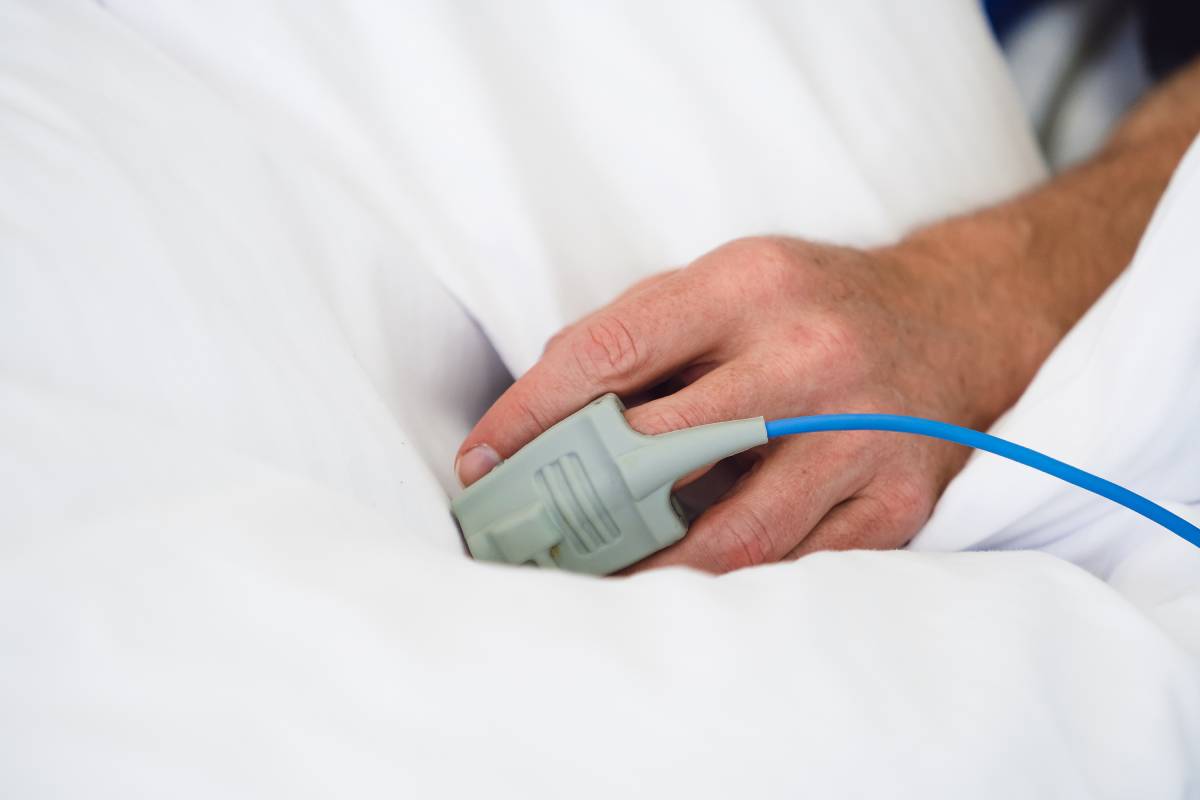New FDA Guidance on Pulse Oximeters

The U.S. Food and Drug Administration (FDA) has issued new guidance for the manufacturing of pulse oximeters to improve the accuracy of these widely used devices. Pulse oximeters estimate blood oxygen levels by shining light through the skin—an especially valuable function during the COVID-19 pandemic, when they became popular for home monitoring. However, studies have shown that these devices can be less accurate for people with darker skin tones, prompting the FDA to revise its recommendations in January 20251–3. This update aims to ensure greater reliability in oxygen monitoring across diverse populations.
Research has revealed that pulse oximeters may overestimate oxygen saturation in individuals with dark skin, increasing the risk of missed low oxygen levels3. This issue became especially pressing during the pandemic, when many people depended on at-home readings to make medical decisions. Although the FDA initially recommended in 2013 that manufacturers include people with various skin tones in their testing, that guidance wasn’t mandatory, and adherence was inconsistent. The new 2025 FDA guidance uses more rigorous standards to address those gaps in testing and quality for pulse oximeters and to better protect patients of all backgrounds1–4.
The new FDA draft guidance on pulse oximeters introduces several important changes. Manufacturers are now expected to collect clinical data on device accuracy across a wide range of skin tones. This can involve either controlled studies or real-world data but must include participants with light, medium, and dark skin. The FDA also recommends larger sample sizes in accuracy studies, helping manufacturers detect potential disparities and produce more representative results. To ensure consistent skin tone classification, the FDA endorses tools like the Monk Skin Tone Scale rather than relying on subjective assessment4.
Transparency is another key focus of the new recommendations. If a device shows consistent accuracy across skin tones, that information should be clearly reflected in its labeling and instructions. The FDA plans to publish a webpage listing such devices to help both clinicians and consumers identify those that meet the new standards. Additionally, the guidance calls for better user instructions, including information about device limitations. For example, users should be made aware that cold hands or poor circulation can affect readings. These combined measures are intended to improve reliability and confidence in pulse oximeter results for all users4.
For consumers, the guidance is designed to boost trust in the devices they use. The FDA’s public list of approved devices will make it easier to identify models that meet the new standards. However, it’s important to note that the guidance applies only to medical-grade pulse oximeters—those cleared or approved by the FDA. Many low-cost fingertip oximeters sold online or in stores are marketed as wellness devices and are not subject to FDA review. These non-medical devices will not be required to meet the updated testing criteria. Consumers using oximeters to make medical decisions should prioritize FDA-cleared models. Regardless of the device, healthcare professionals advise not relying on pulse oximeters alone. Users should always consider symptoms and seek medical help when needed4.
Manufacturers of medical pulse oximeters will need to adapt to the new guidance set by the FDA. Some may need to conduct larger, more diverse studies, potentially increasing development costs and timelines. However, products that already meet the accuracy criteria can simply submit updated data and labeling for fast-track FDA review, expected to take about 30 days. Devices that don’t meet the criteria may require redesign to improve accuracy. Over time, meeting these standards could enhance market trust and make products more competitive. Even non-medical device makers may feel pressure if consumers begin to favor FDA-reviewed options4.
In all, the FDA’s updated guidance addresses long-standing concerns about pulse oximeter fairness and accuracy. By raising testing standards and improving transparency, the agency aims to make oxygen monitoring safer, more inclusive, and more dependable for everyone.
References
- Kwon J. Pulse oximeter accuracy and skin tone. Harv Med Sch News. 2020 Dec 17 [cited 2025 Apr 2]. Available from: https://hms.harvard.edu/news/skin-tone-pulse-oximetry
- Arnett S. Pulse oximeters and racial bias: a known problem. Johns Hopkins Bloomberg Sch Public Health. 2024 Jan 9 [cited 2025 Apr 2]. Available from: https://publichealth.jhu.edu/2024/pulse-oximeters-racial-bias
- Sjoding MW, Dickson RP, Iwashyna TJ, Gay SE, Valley TS. Racial bias in pulse oximetry measurement. N Engl J Med. 2020 Dec 17;383(25):2477–8. doi:10.1056/NEJMc2029240
- U.S. Food and Drug Administration. FDA proposes updated recommendations to help improve performance of pulse oximeters across skin tones. 2025 Jan 6 [cited 2025 Apr 2]. Available from: https://www.fda.gov/news-events/press-announcements/fda-proposes-updated-recommendations-help-improve-performance-pulse-oximeters-across-skin-tones
